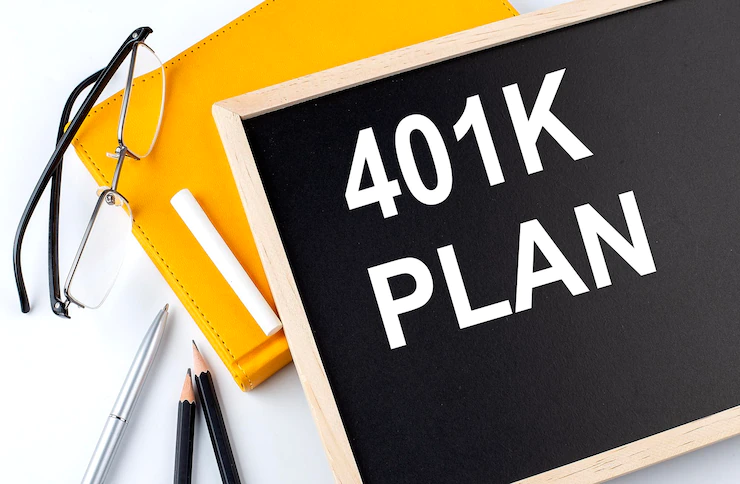What Does A 401K Administrator Do?

Many different people are involved in running and managing a 401k plan or program. Each person on the team has clear, defined responsibilities that they need to do for the retirement program to be functional and compliant.
One of the major participants in the retirement program team is the 401k plan administrator, who is tasked with the fiduciary duty of overseeing the program’s operations and performing the day-to-day functions of the program. The administrator has the following responsibilities:
Determines Eligibility And Enrolment Of Employees:

When a new employee joins the company, the official must determine when the employee will be eligible for retirement program participation and then send notifications of their impending eligibility before they are enrolled.
1. Updates deferral rates
Sometimes an employee may want to change the amount they defer, and they will visit the retirement program provider’s website to change the deferral percentage. If this happens, the official must update the deferral percentage in the payroll before the next payroll circle to avoid deferring the wrong amount.

If too much money is deferred, the professional must refund the employee and record the changes. On the other hand, if too little is deferred, the professional will need to make a corrective contribution in a bid to compensate the employee for the sum they would’ve deferred if the rate had been accurate.
2. Oversees distribution of required notices
The professional is required to oversee the timely distribution of required notices, which are very crucial in the retirement program. Failing to send the required notices promptly could result in penalties.
3. Processes loans
Whenever a participant wants to borrow a loan, the administrator has to review, approve and record the loan request.

Since many payroll systems were not designed to handle such loans, mistakes like loan overpayment missed loan repayment, and loan default is bound to happen.
4. Processes terminated employees
When employees leave the company, it is the duty of the professional to facilitate and oversee the transfer of assets to a new retirement program or the distribution of a lump sum amount. Not properly processing the termination of employees could lead to delays in processing distribution requests.
You May Also Check: 403b Vs 401k – Which Is Better For Retirement?
5. Approves distributions and rollovers
The professional’s approval is needed when employees want to withdraw money from their plans as a hardship withdrawal, regular distribution, qualified domestic relations order (QDRO), or rollover.

If the data between an employee’s payroll and the retirement program provider is not matching, it can lead to delays in approving the transactions, which may prompt the employee to make complaints to the Department of Labor (DOL).
6. Facilitates year-end census
The year-end census contains a report on the retirement program and participant data that will be used to conduct a non-discrimination test.
Since the year-end census is needed to conduct the tests, doing it late may lead to late NDTs, which could attract penalties.
Conclusion
The admin performs many important functions involved in running the retirement program such as determining the eligibility and enrolment of employees, updating deferral dates, overseeing the distribution of required notices, processing terminated employees, approving distributions and rollovers, and facilitating the year-end census.
Read Also:










